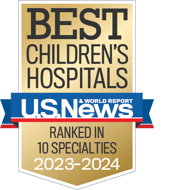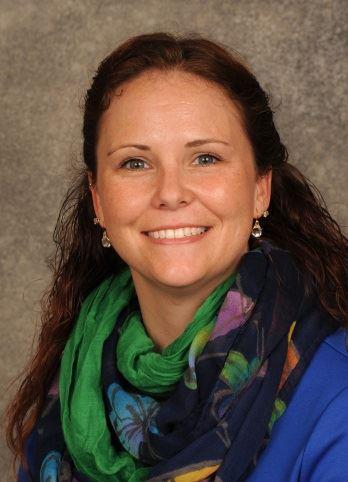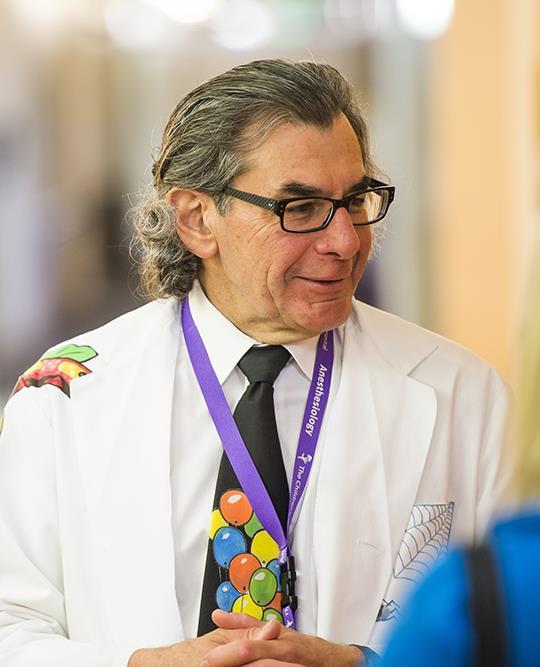- Doctors & Departments
-
Conditions & Advice
- Overview
- Conditions and Symptoms
- Symptom Checker
- Parent Resources
- The Connection Journey
- Calm A Crying Baby
- Sports Articles
- Dosage Tables
- Baby Guide
-
Your Visit
- Overview
- Prepare for Your Visit
- Your Overnight Stay
- Send a Cheer Card
- Family and Patient Resources
- Patient Cost Estimate
- Insurance and Financial Resources
- Online Bill Pay
- Medical Records
- Policies and Procedures
- We Ask Because We Care
Click to find the locations nearest youFind locations by region
See all locations -
Community
- Overview
- Addressing the Youth Mental Health Crisis
- Calendar of Events
- Child Health Advocacy
- Community Health
- Community Partners
- Corporate Relations
- Global Health
- Patient Advocacy
- Patient Stories
- Pediatric Affiliations
- Support Children’s Colorado
- Specialty Outreach Clinics
Your Support Matters
Upcoming Events
Mental Health Town Hall
Tuesday, April 23, 2024Join Children’s Hospital Colorado pediatric experts for a virtual...
-
Research & Innovation
- Overview
- Pediatric Clinical Trials
- Q: Pediatric Health Advances
- Discoveries and Milestones
- Training and Internships
- Academic Affiliation
- Investigator Resources
- Funding Opportunities
- Center For Innovation
- Support Our Research
- Research Areas

It starts with a Q:
For the latest cutting-edge research, innovative collaborations and remarkable discoveries in child health, read stories from across all our areas of study in Q: Advances and Answers in Pediatric Health.


Pediatric Surgery
Pectus Carinatum
We treat kids like they should be treated: like kids. That’s why we designed our hospital just for them.

What is pectus carinatum?
Pectus carinatum, also known as “pigeon chest,” is a condition in which the breastbone, or sternum, protrudes outward. The chest has a bowed shape with the breastbone and ribs pointing outward. The deformity can range from mild to severe. There is usually very little impact on internal organs. Children may experience low self-esteem, a lack of self-confidence and other social challenges because of the physical appearance of their chest. Learn more about our approach and treatment options in our Adolescent Breast and Chest Program.
There are two main types of pectus carinatum. The most common type is called chondrogladiolar prominence (Type 1). The bottom part of the ribs and sternum protrude forward in this type of deformity. The less common type is called chondromanubrial prominence (Type 2). With this type of deformity, the upper sternum protrudes forward and the lower sternum is pushed backwards, into the chest.
What causes pectus carinatum?
Pectus carinatum is most likely caused by the abnormal growth of cartilage between the ribs and the breastbone, but we do not know exactly why this happens. Children typically develop this condition during periods of rapid growth.
Who gets pectus carinatum?
Pectus carinatum is much more common in boys and may run in families. Some children have the condition at birth, but most children notice the condition during growth spurts in their adolescent and teen years.
In about 30% of cases, another family member will have a chest wall deformity (either pectus carinatum or pectus excavatum), but the inheritance pattern is unknown. Most children with pectus carinatum do not have another disorder. However, there are a variety of uncommon genetic syndromes or disorders that affect connective tissue and can increase the risk of having pectus carinatum also. These include:
- Marfan syndrome
- Noonan syndrome
- Cardiofaciocutaneous syndrome
- Poland syndrome
- Osteogenesis imperfecta
- Coffin-Lowry syndrome
- Morquio disease
Children who have pectus carinatum may also have spinal anomalies or scoliosis. Treatment of scoliosis does not impact pectus carinatum or vice versa and each is treated separately.
What are the signs and symptoms of pectus carinatum?
An area of the chest that is pointed outward can be easily seen during a physical exam. Children may complain of breathlessness and chest pain, particularly during exercise. They may also notice chest pain and tenderness when they lie on their stomach. Chest wall motion may be less than normal.
What tests are used to diagnose pectus carinatum?
In general, no specific testing is necessary for evaluation and treatment of pectus carinatum. The diagnosis of pectus excavatum is most commonly based on a complete physical exam of the chest. A photograph may be taken to document the shape and severity of the chest wall deformity. We may do a chest X-ray or CT exam to evaluate the severity of the deformity.
How is pectus carinatum treated?
The decision to treat may be based on the severity of the deformity or functional concerns. Your primary care provider or your surgeon may choose to only monitor a mild deformity. If treatment is needed, our chest wall treatment specialists believe in providing patients with the safest and most effective treatment methods, starting with non-surgical options such as bracing.
Bracing
Bracing is a non-invasive, non-surgical method of treatment. If your child’s chest wall has enough flexibility, they may be a good candidate for a brace. A brace will go around the chest and will apply pressure to the area of the chest that is protruding. The goal of this pressure is to flatten it out over time.
Braces are usually worn for most of the day, and therapy lasts for several months. Improvement may occur after about six months, but your child may need to wear the brace at other times thereafter if the chest protrudes out again.
Pectus carinatum surgery
Surgery may be needed for patients with more severe deformities, or for older children who have more stiff chest walls. The most commonly used surgical approach is called a modified Ravitch procedure. Your child will go to sleep with anesthesia and will not remember the procedure. The procedure includes removal or reshaping of abnormal cartilage rib segments, reshaping the sternum and inserting a removable support underneath the breastbone. Your child may have a drain or a chest tube in their chest. After the procedure, your child will stay in the hospital for several days for help with pain control and to ensure that their lungs and heart have not been affected by the procedure.
After surgery, your child will have follow-up visits with the surgeon to ensure that they are healing well and their chest is responding appropriately to the surgery.
Your child will have to limit their activity after surgery until the cartilage grows back, which takes about six months.
Why choose us for treatment of pectus carinatum?
The Department of Pediatric Surgery at Children’s Hospital Colorado is experienced in evaluating and treating pectus carinatum, both through surgery and bracing. Our hospital has specially trained staff who can provide the chest brace that is most commonly used for treatment of pectus carinatum. Our team understands how pectus carinatum can affect a child physically and psychologically. We will walk you and your child through the necessary steps of diagnosis and all your available treatment options. We will continue a relationship with your child in the following years to ensure that they respond well to management and have the best outcome possible.
Helpful resources
The American Pediatric Surgical Association works to ensure optimal pediatric surgical care of patients and their families.
Next steps
-
Would you like to learn more about us?
Learn more about the Pediatric Surgery Department -
Do you have questions about your child’s condition?
720-777-6571 -
Are you ready to schedule an appointment?
Schedule an appointment
Get to know our pediatric experts.

Stig Somme, MD
Surgery - Pediatric, Surgery


Michael Handler, MD
Neurosurgery, Neurosurgery - Pediatric



 720-777-0123
720-777-0123




